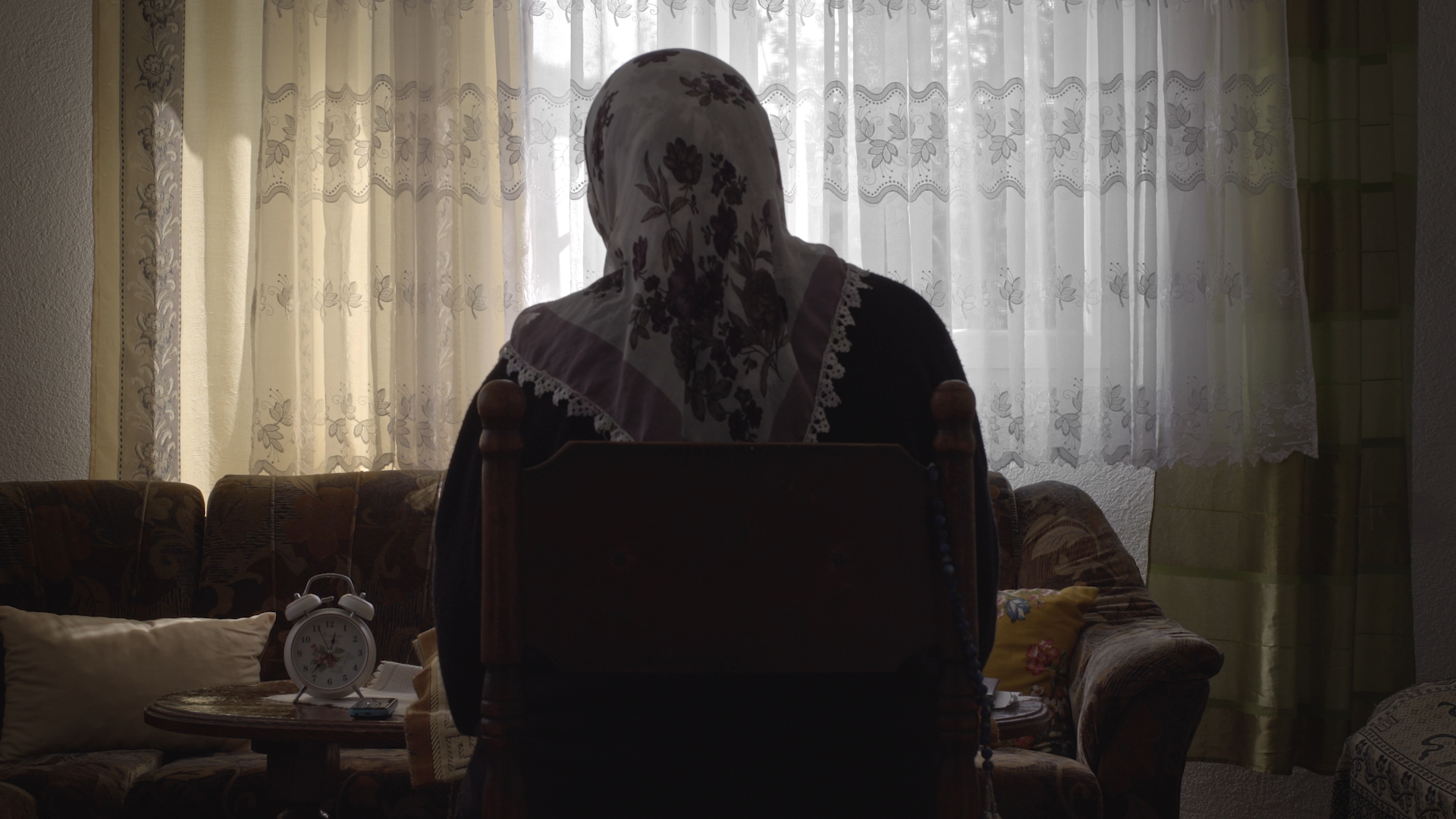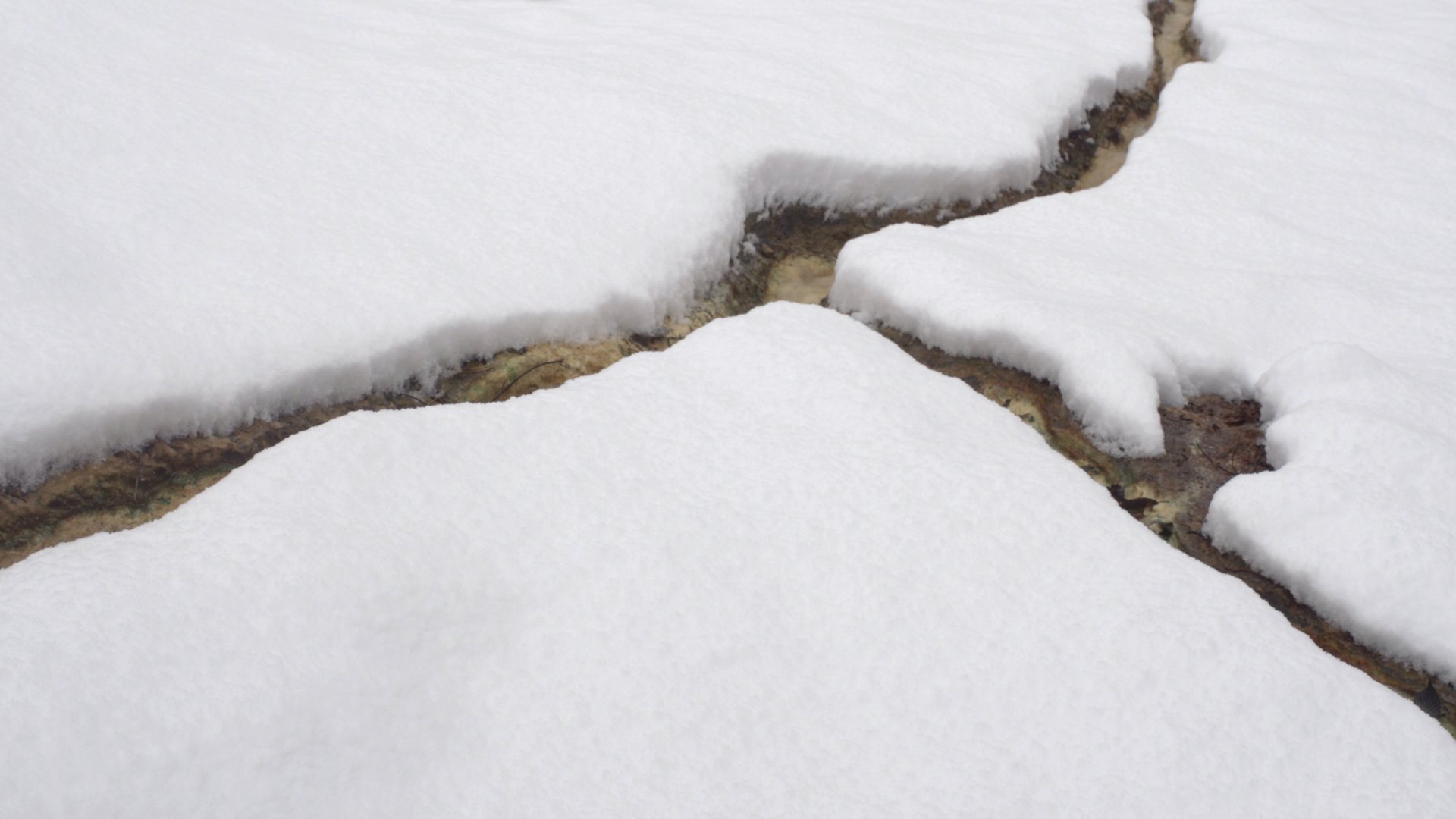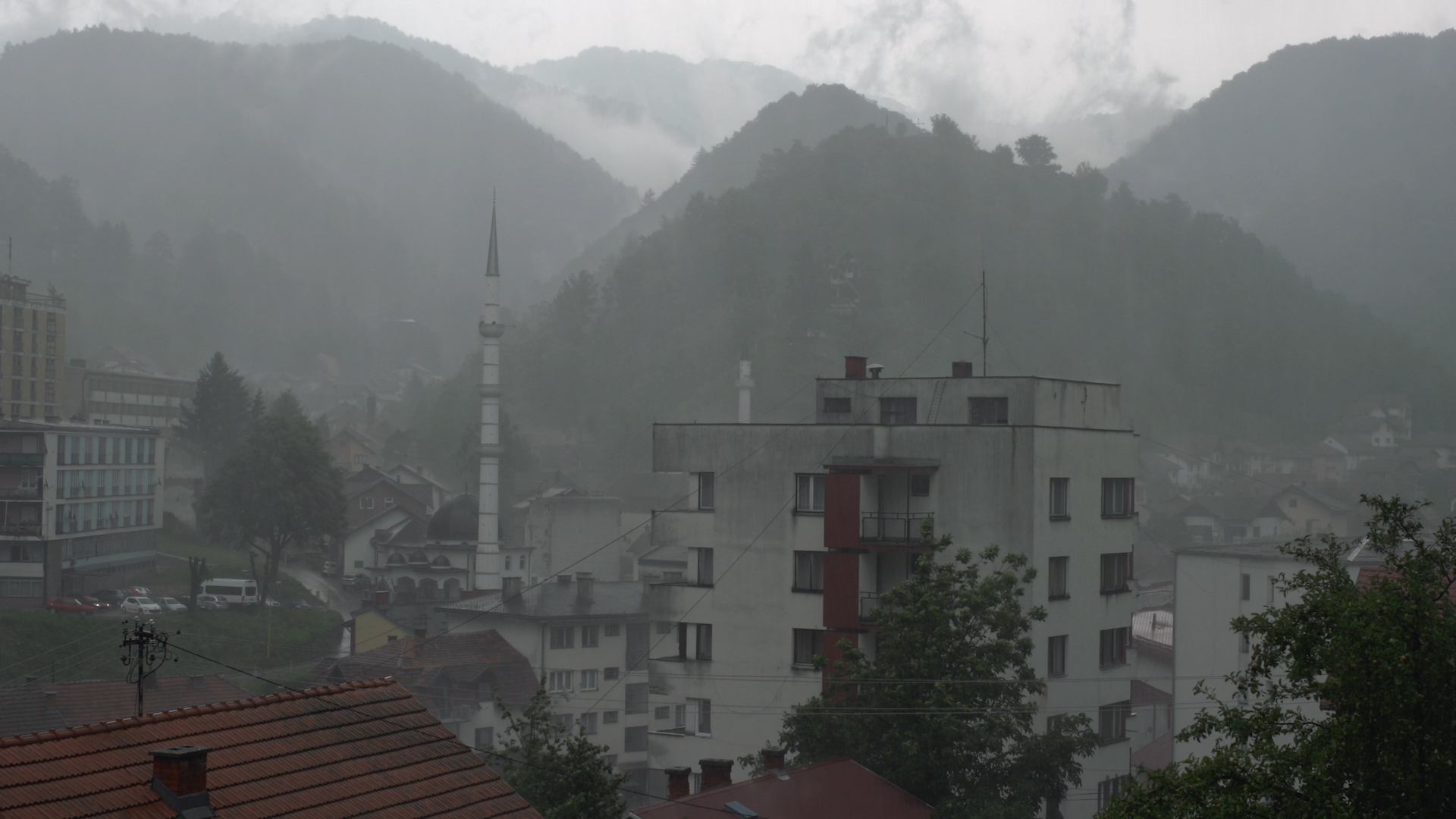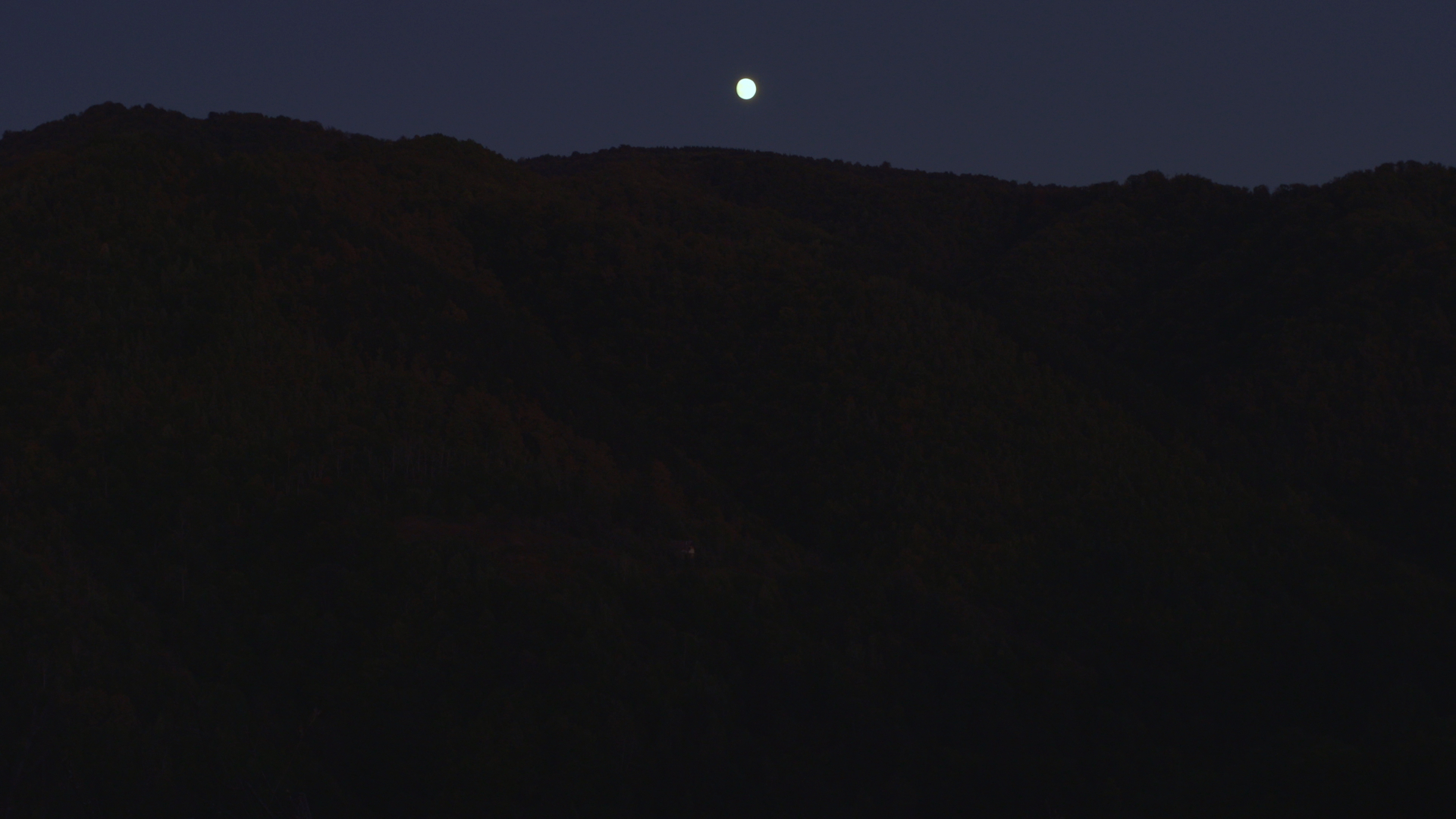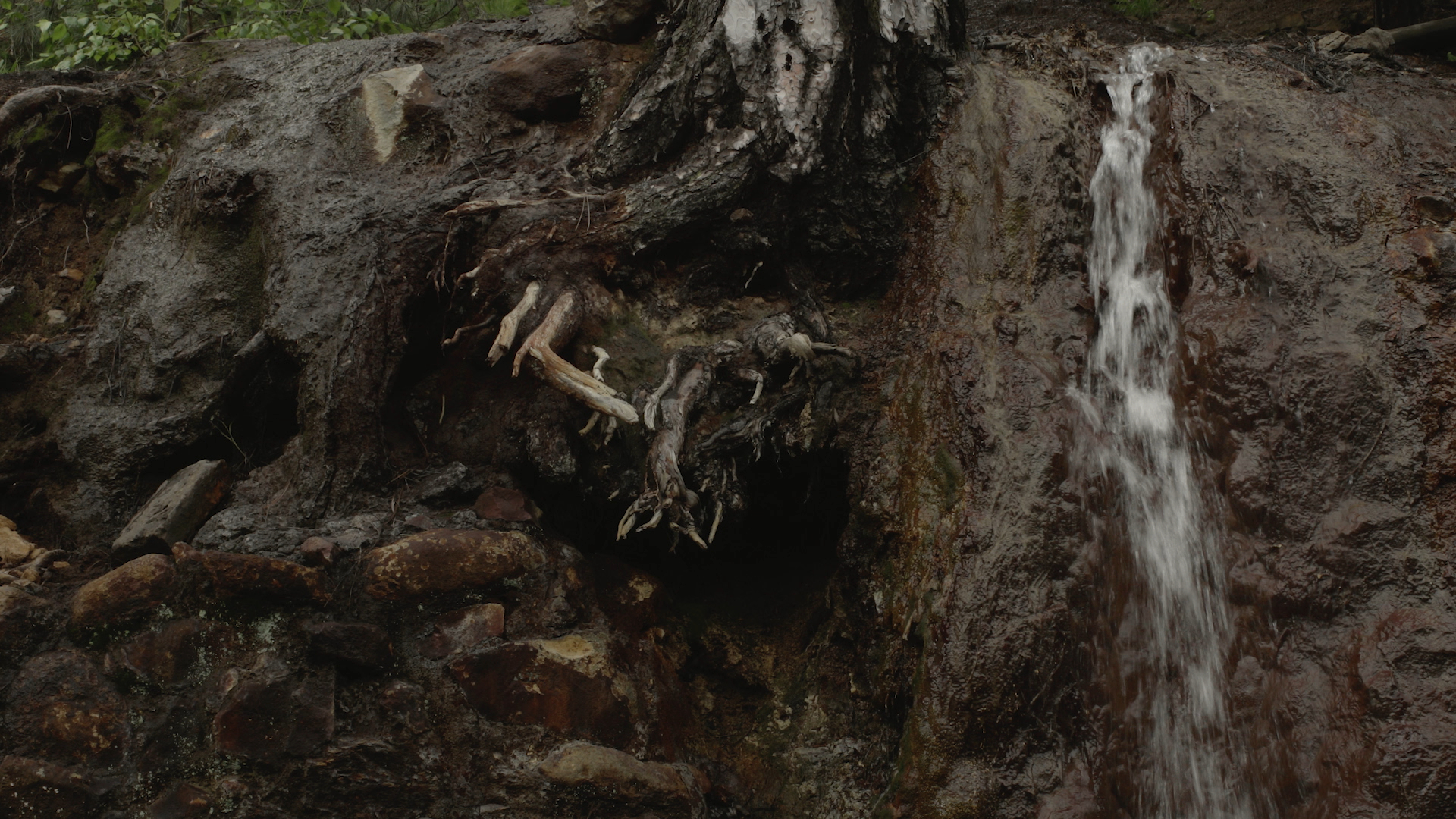Disturbed Earth
Kumjana NOVAKOVA, Guillermo CARRERAS-CANDI
- Bosnia and Herzegovina, Spain, North Macedonia
- 2021
- 72min
- 12 +
- DCP
- color
AP
Synopsis
The land where the largest massacre of civilians occurred since World War II. The scars of the Bosnian civil war still remain in Srebrenica. The pain of the past seeps into every landscape layer by layer. It is seen not only in the abandoned buildings or factories along the river, but also in those who remain there. Disturbed Earth captures the landscapes, sounds of Srebrenica and interviews with survivors and reminds us that Srebrenica is reality of today and reality of our own with.
Review
As the film begins, a huge truck followed by a few cars approaches the camera very slowly. The funeral procession, which is slow enough to make it feel like an unrealistic scene, comes from an actual event that was even more unrealistic and brutal. In July 1995, civil war broke out in Srebrenica, a border town in Bosnia and Herzegovina, which resulted in a massacre, killing 8,372 people. It took a long time for the truth of the massacre to be revealed, and it was not until 2015, 20 years after the excavated remains were buried. Starting with the funeral procession that was intended to comfort the victims and their families, Disturbed Earth goes on a journey to look back on the past and face the present of the survivors. Capturing the lives of those who have experienced indescribable events, this film is not a series of passion and anger but juxtaposes the silence of those who have suffered and the power of the nature in which they live. The archived images presented together in it give strength to the stillness.
Director
-
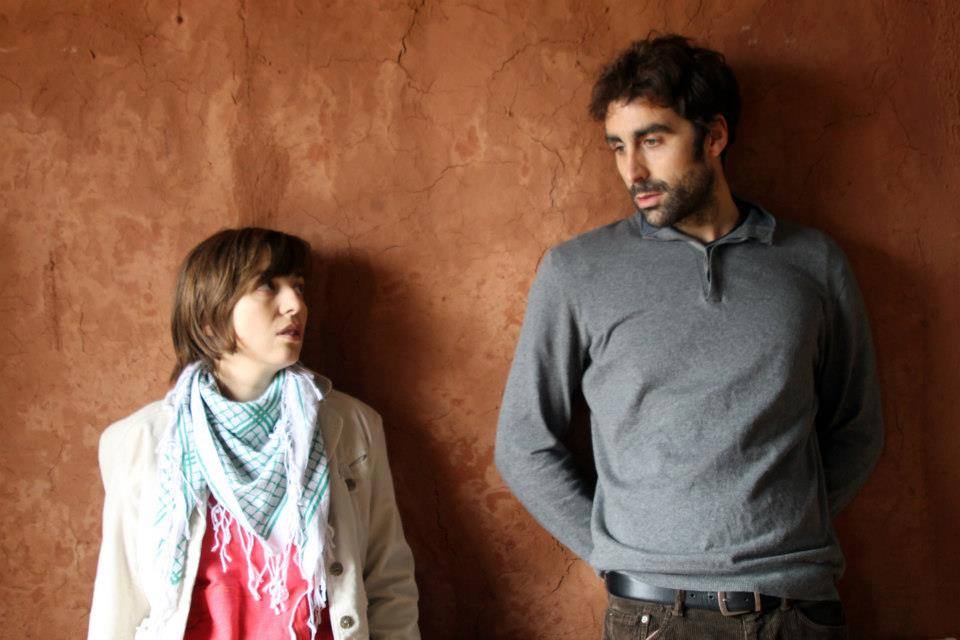
Kumjana NOVAKOVA
Novakova has worked in the field of film and arts since 2006. In 2006, she co-founded the Pravo Ljudski Film Festival in Sarajevo, and acts as its chief curator and director.
-
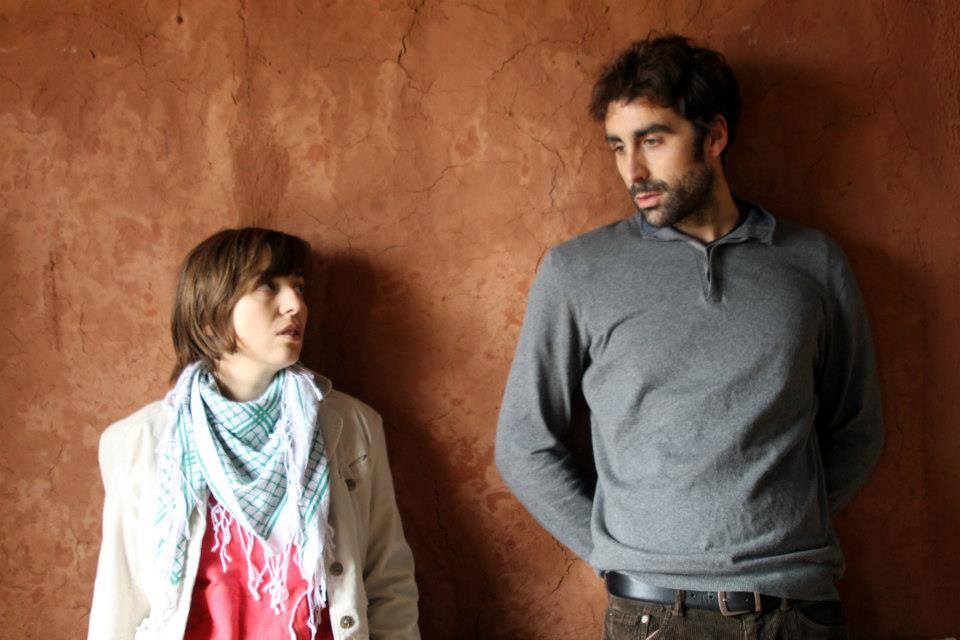
Guillermo CARRERAS-CANDI
Guillermo Carreras-Candi is a creative executive and independent filmmaker living in Barcelona. In the Balkan region he made his graduation film Tragovi(2010), video exhibition Eho Tragova(2011) and When Cloud Burst(2014).
